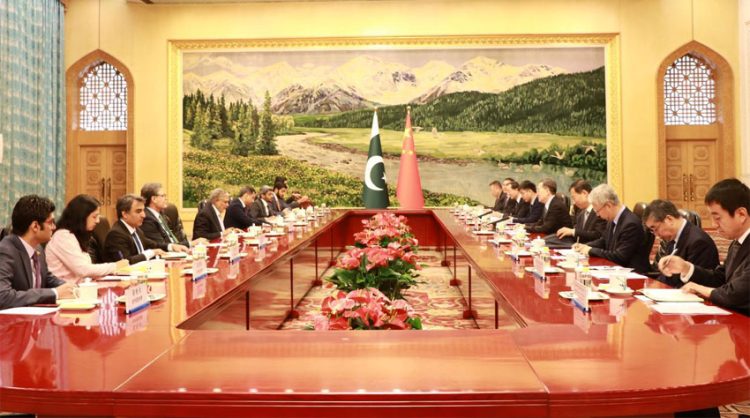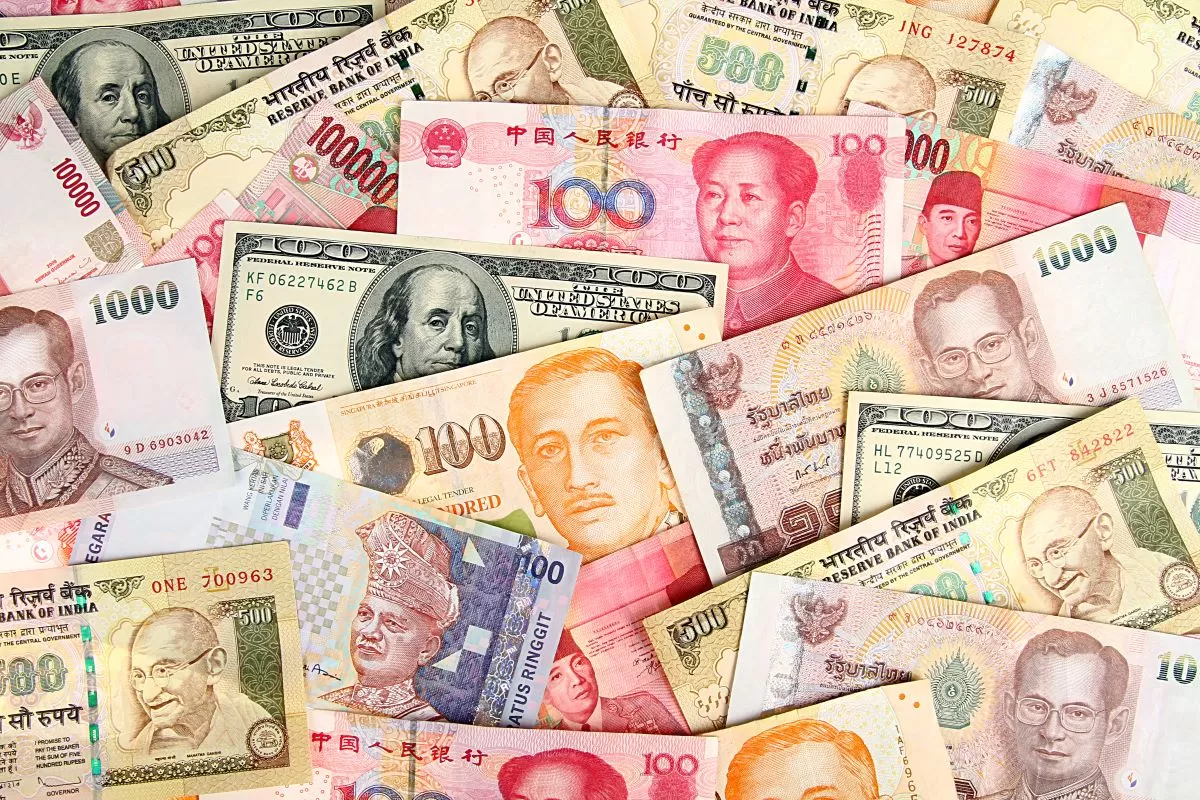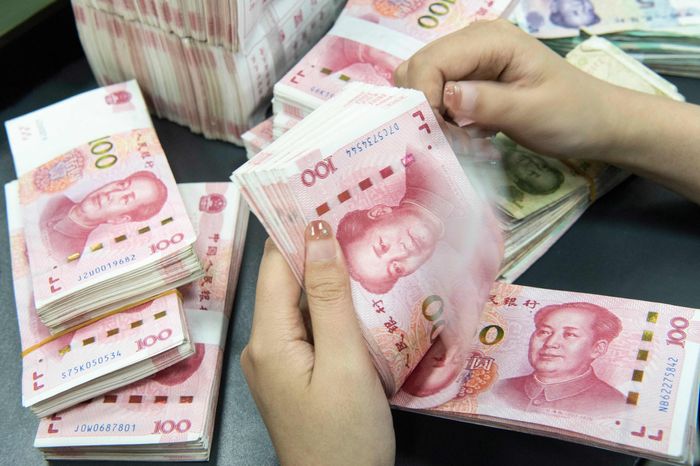China and Pakistan had established ties in the wake of 1962, but their relations further improved in the 2000s due to changes in regional and global politics that made Pakistan a critical partner to China.
At the beginning, if we talk about the 1900s, China was in some way reluctant to have a strong friendship with Pakistan. It could be because of the idea that the Chinese had in that time like “hide your strength and abide your time”. China was in no way interested to show its power and also doesn’t want to have closer ties with any countries. But it’s not the case any longer as Beijing is more involved in today’s affairs in both “security and economy”.
Ironically, the regional countries and the world are also welcoming China’s engagement and Pakistan is one of those countries. Pakistan sees the bilateral ties as a valuable friendship and the Chinese did not see or have needed to trumpet the relationship; rather it is Pakistan which needed China more than the other way around.
However, at the moment, China also sees the bilateral ties with Pakistan important for both the capitals, as Beijing now calls Islamabad as a good friend and supportive partner.
It is not wise to always bring India into account of the flourishing ties between China and Pakistan because China and India are also connected to economic affairs. There are some issues in bordering points, but China had never appeared to play double cards in return to keep Pakistan happy.
China has its own ambitions which is to help the regional countries in security and economic affairs because the region will not reach progress if they remain in hostility.
There is an understanding that the China-Pakistan relationship was built in the aftermath of the 1962 China-India border dispute, but now the focus is more on mending the ties and improving the economy. Pakistan used this opportunity and in 1963 handed over the Shaksgam Valley to the Chinese.
China doesn’t support war between Pakistan and India
It was a good attempt, but this was not like China is not willing to have ties with India. Of course, China has helped Pakistan after receiving control of the Valley, but this was not in return of helping Pakistan to further increase its enmity with India.
There are several reasons that China is not seeing India as its predominant strategic threat. One reason is that China doesn’t believe in war. The clear example is that China did not support Pakistan in its war against India in 1965 and 1971. And also there was a big incident in 2019 when Pakistan shot down two Indian jets and nothing left for another war between Islamabad and New Delhi. Again China approached with a peaceful solution and did not support Pakistan rather called for a peaceful resolution.
Moreover, China also did not support Pakistan during the Kargil war in 1999 and during the Mumbai terrorist attacks in 2008. China at the same time is concerned about internal security of Pakistan, an Asian state with nuclear weapons, and a population of over 200 million. Additionally, there are a number of terrorist groups operating inside Pakistan, which is yet another concern of China.
China and Pakistan stress need for regional peace
China on Wednesday welcomed Pakistan’s Chief of Army Staff General (COAS) Asim Munir and along with his Chinese counterpart, they discussed regional peace and security. The meeting was held at the People’s Liberation Army (PLA) headquarters during Munir’s first day of the four-day official visit to Beijing.
A statement issued by Pakistan’s Inter-Services Public Relations (ISPR) said “both the military commanders reiterated the need for maintaining peace and stability in the region and enhancing military-to-military cooperation.” Issues relating mutual security interests and military cooperation were also discussed.
Munir is expected to hold further meetings with military leaders in China to enhance the long-standing relations between the two countries during his remaining three days. The visit comes at a time when security has deteriorated across Pakistan.
Swat blast claims 17 lives
At least 17 people lost their lives and over 50 others received injuries in a blast at counter-terrorism department (CTD) police station in Swat. The reason behind the blast is unknown. According to a preliminary report, the explosions is not due to a suicide attack, but also the cause is not clear.

The counter-terrorism office building in Kabal town of Swat after the explosion on April 25, 2023. Reuters
High alert has been declared across Swat and also security audits of important local and foreign installations have been ordered to improve security arrangements. Pakistan’s Intelligence Unit of the capitol police, also known as Special Branch and Security Division will conduct a survey for the security audit and priority would be the security audit of the Red Zone and all police installations in the capital.
In 2020, the last security audit of an important foreign installation was conducted, and now is the second such practice. After the blast, police were also ordered to wear safety gear, remain on alert and keep their distance from each other on the line of duty.
Security matters
Peaceful regions and neighboring countries, including Pakistan, Afghanistan, and the Central Asian states are important for China’s Belt and Road Initiative (BRI). Unstable region will hamper BRI’s activities, a gargantuan multilateral infrastructure and investment project that will help improve the region’s economy and security.
The current China-Pakistan Economic Corridor (CPEC) is part of the BRI that continues a variety of initiatives such as infrastructure, energy, economic zones, and the development of a strategic port, Gwadar. CPEC is part of a 62 billion development project and it is meant to be a strategic and economic connection between China and Pakistan.
The success of CPEC directly means the success of BRI itself and for that security situation in Pakistan must be improved.

 INTERVIEW2 weeks ago
INTERVIEW2 weeks ago
 INTERVIEW4 days ago
INTERVIEW4 days ago
 ASIA2 weeks ago
ASIA2 weeks ago
 EUROPE1 week ago
EUROPE1 week ago
 MIDDLE EAST6 days ago
MIDDLE EAST6 days ago
 EUROPE1 week ago
EUROPE1 week ago
 AMERICA2 weeks ago
AMERICA2 weeks ago
 EUROPE1 week ago
EUROPE1 week ago






















